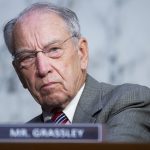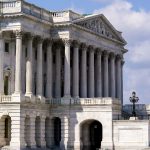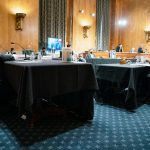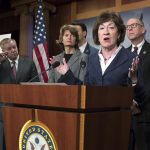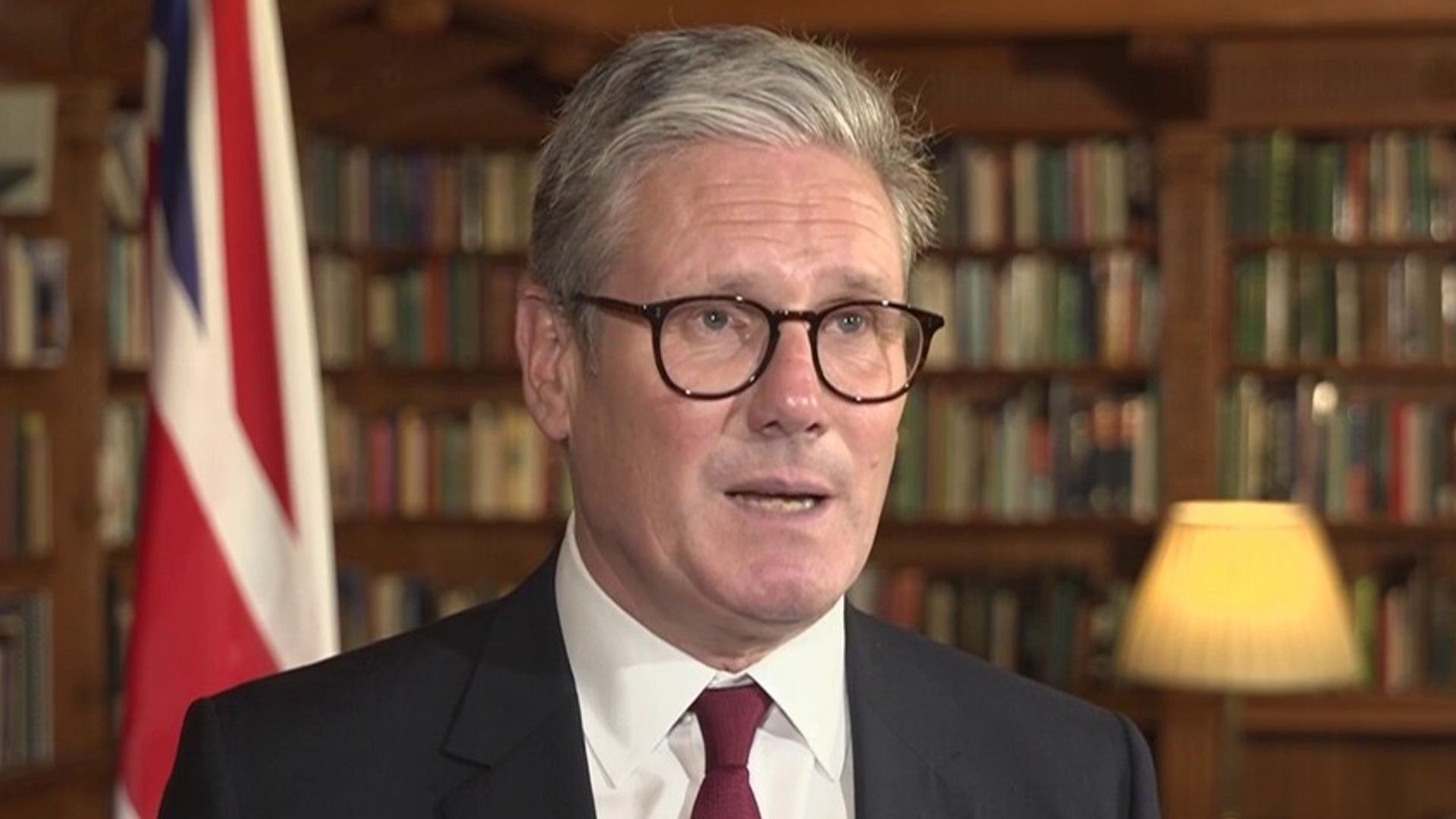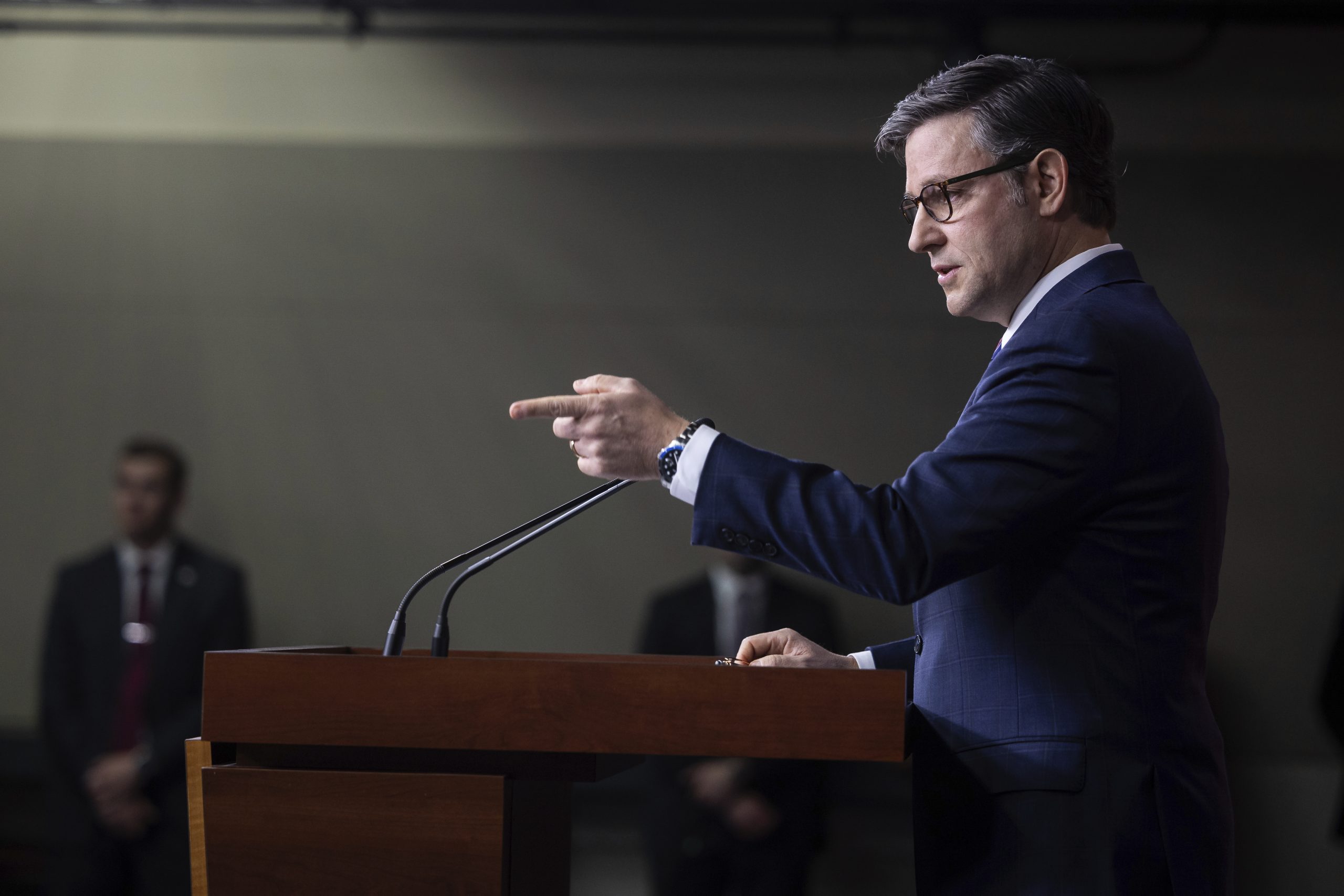Attorneys for suspected Jan. 6 rioters will begin touring the Capitol on Monday, in groups led by Capitol Police. Officers will lead them to the areas of the complex where the most intense violence and destruction took place.
Monday is one of five dates in May and June offered to defense counsel seeking to retrace their clients’ footsteps ahead of potential trials and plea deals stemming from the mob attack on Congress. The lawyers are under strict orders not to ask the police officers anything about what transpired.
“Questions about the events of January 6 will not be permitted,” said Assistant U.S. Attorney Emory Cole in a letter to the defense lawyers posted on the court’s docket Wednesday. “If you have such questions, you may direct them to me.”
In addition to Monday’s tour, defense attorneys for the alleged rioters are invited to visit the Capitol on May 8, May 9, May 31 and June 5. Cole’s letter, dated April 26, suggests that photography will be prohibited and that any request for photos can be submitted to the Capitol Police’s general counsel. He also says the lawyers are barred from bringing any guests, including investigators or paralegals.
Those restrictions may be a moving target. On a public teleconference line Wednesday morning in one of the Capitol riot court cases, several of the defense attorneys for the suspects said the government has agreed to allow them to take pictures of public areas of the Capitol — areas regularly photographed by tourists. They also said they have permission to bring along an investigator to help analyze the scene. Whether the defense attorneys could photograph any parts of the Capitol was a subject of a dispute between the attorneys and prosecutors, according to a court filing posted last week.
Cole’s letter, which includes rare floor plans of the Capitol grounds, lists the areas of the Capitol that the attorneys will be permitted to visit. They include the Speaker’s Lobby — the anteroom off the House chamber where a rioter, Ashli Babbitt, was fatally shot while attempting to break in — both chambers of Congress, the Capitol Crypt, the rotunda and other popular tourist areas of the Capitol.
But it also includes some lesser-known areas, including the Senate parliamentarian’s office, an assortment of nondescript Senate offices raided by rioters and House Majority Leader Steny Hoyer’s office.



